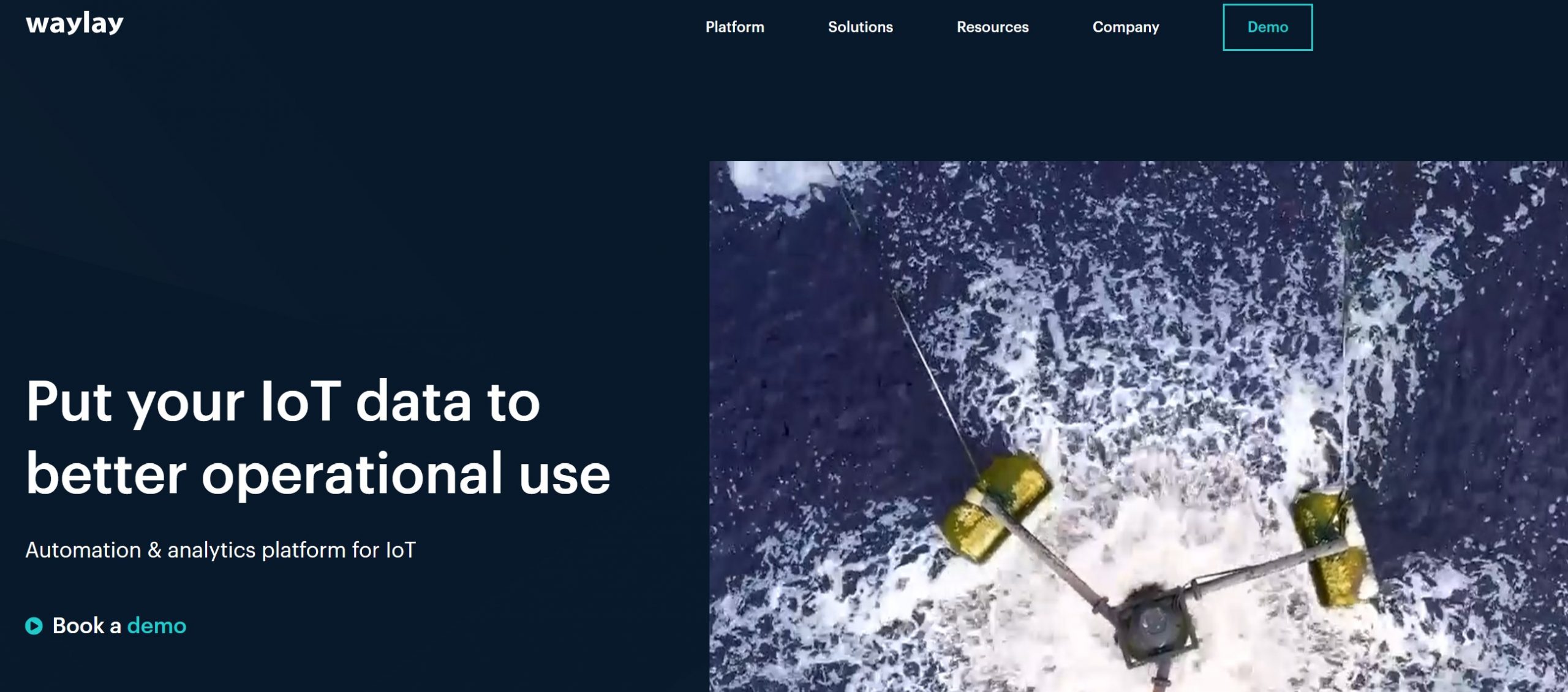Some of the biggest challenges in IoT and IIoT for that matter are configuration, project design, documentation, coding, etc. These are barriers to even faster adoption of all the positives IoT can bring to an organization.
At the same time, there is a major shift to low or no-code solutions which are enabling “citizen developers” to become minor league coders. This has led to a funding frenzy in fact.
Waylay is bringing these ideas together and the repercussions should be pronounced as companies can worry less about training programmers and more about driving digital transformation throughout their businesses.
Waylay’s zero-code provisioning portal automatically initiates Digital Twins. Its creation is based on resource configuration settings that auto-populate the required input fields. It drastically simplifies the provisioning process whilst enforcing that all mandatory information is provided before the installation process can be completed. Specific settings such as information that associates sensors to physical equipment can be entered from any end-user device, smartphone or tablet. The digital twin – the software equivalent of equipment with its sensor data and analytics – will be initialized automatically and will align with the pre-configured automation rules in the Waylay automation platform for monitoring and optimizing the newly connected asset.

“Waylay takes the organizational nightmare out of the time-consuming retro-fitting process, our zero-code provisioning portal transforms installation processes, pairing and completion of customer or equipment-specific settings becomes a time-efficient exercise.”Piet Vandaele, CEO
When retro-fitting equipment, field technicians should install the sensors, pair them, add machine-specific settings and register customer-specific requirements, such as threshold settings, notifications, contact data, alarm flows, etc. The often under-highlighted problems of retro-fitting are on-site complexities that maintenance crews discover during installation – zero-touch activation is still a fantasy. A traditional spreadsheet-based installation approach often suffers from incomplete provisioning data and manual editing errors and requires in-depth training for the field crew, slowing down roll-out plans.
The system doesn’t work based on magic – instead, it uses a common-sense UI and a concept called Resource Constraints which sort of forces the technician to enter guidelines before rules can be started. The idea is similar to how a programmer would define variables or perhaps constants in a program.
In a sense – the rules can cause nested actions to take place via resource references. In other words – it can imitate conditional logic or perhaps a more familiar term, “If, Then” statements which specify actions based on conditions.
If we had a smart scale application for example we could program in this manner: If “weight” > 195 pounds, Then display, “You need to lose weight.”
The Resource Constraint framework allows a smart home to control various IoT devices in order to conform to the needs of the application.
Combining low or no-code with IoT is quite exciting and Waylay’s recent news should ensure faster time-to-solution for IoT and IIoT applications and projects.
Rich Tehrani is CEO of RT Advisors and a Registered Representative with and offering securities through Four Points Capital Partners LLC (Four Points) (Member FINRA/SIPC). RT Advisors is not owned by Four Points.
The above information was strictly a technical/business news article/review regarding the company(ies) mentioned. The information contained should not be considered and is not a recommendation to invest in or sell short the securities of the underlying company(ies).






